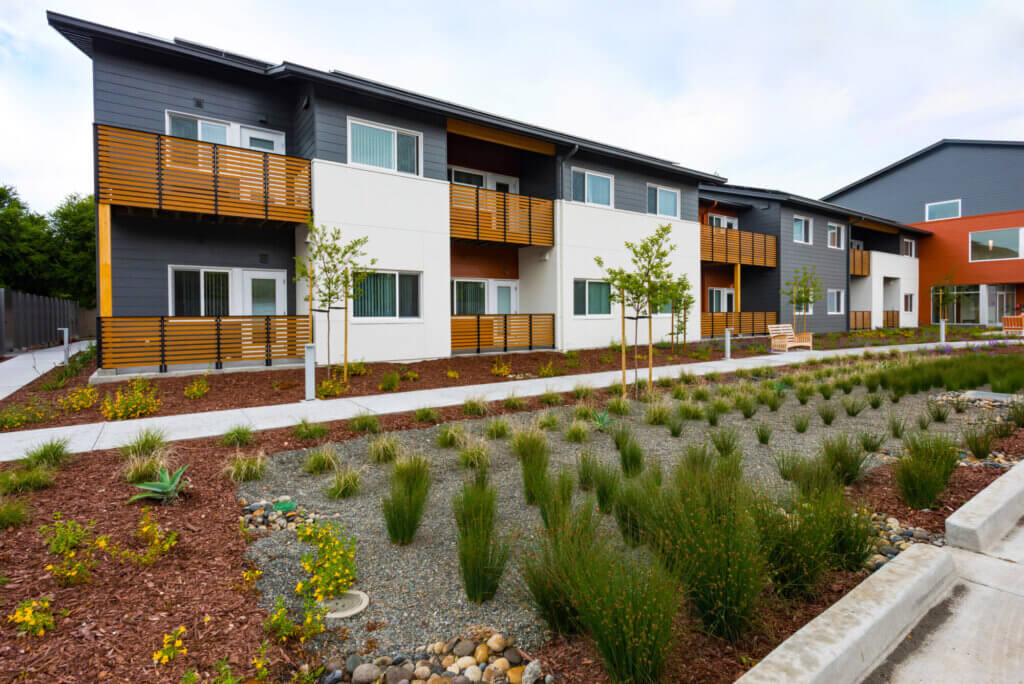Addressing the Housing Needs of Low-Income Households in the Bay Area: The Importance of Public Funding
Published On August 21, 2024
Most Bay Area households are affected in some way by the region’s ongoing affordability crisis: housing costs are increasing faster than incomes, nearly half of renters are cost-burdened, and rates of homelessness continue to rise.
At the heart of the crisis is a lack of housing supply. In particular, both the state and localities need to continue to expand funding dedicated to affordable housing production: insufficient public subsidies remain a binding constraint on efforts to expand the supply of affordable units.
Our new brief starts by providing the most recent data on regional inequality and housing trends for Bay Area renters. Then it describes the challenges to overcome, including barriers to increasing the supply of affordable housing, preserving existing affordable housing stock, and keeping renters stably housed. Throughout, Solution Spotlights highlight various programs, policies, or funding initiatives that hold promise for the region’s housing crisis, but which need additional funding to get to scale.





